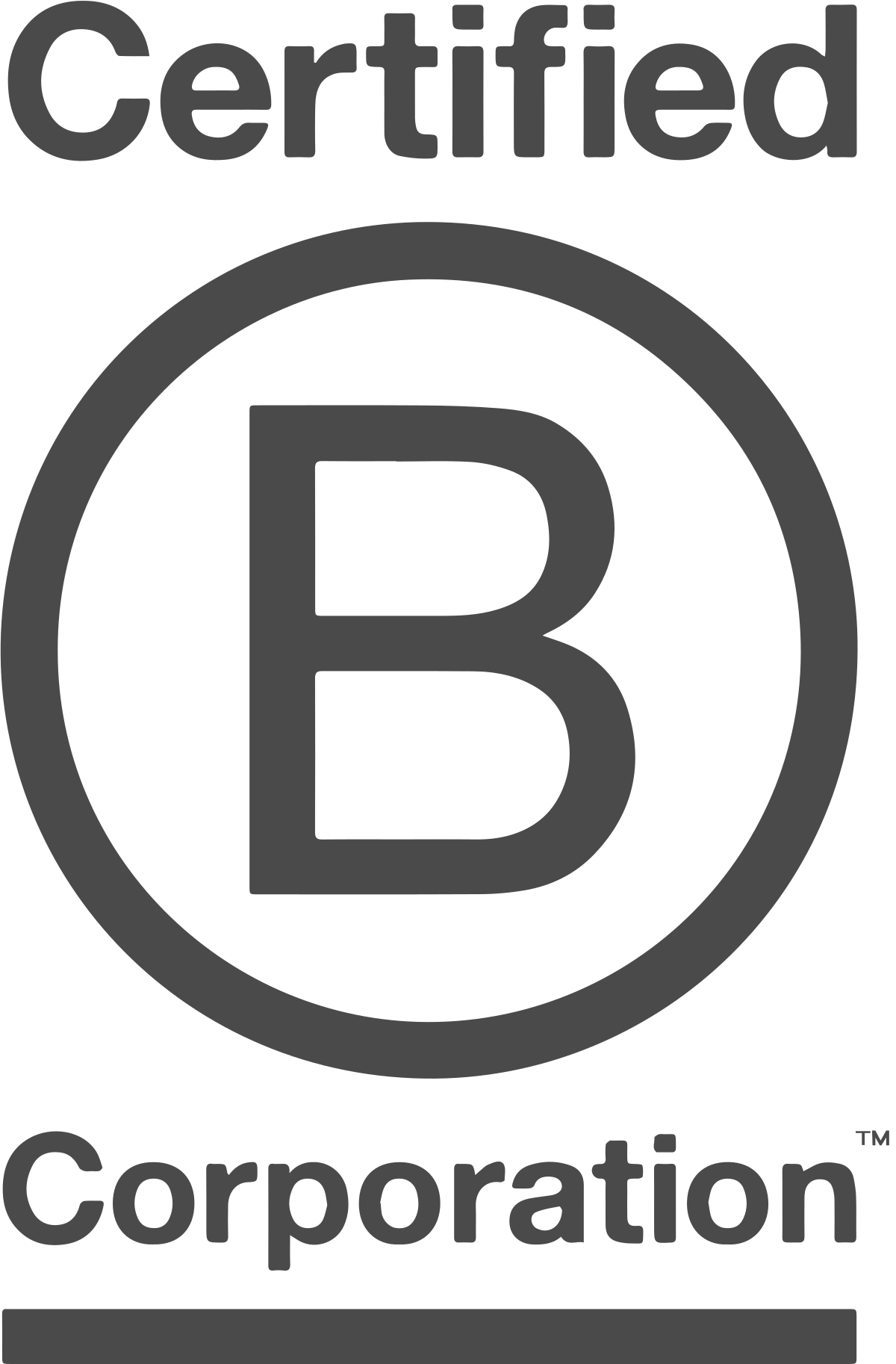With the context of the COVID-19 pandemic, it’s no surprise that people are more aware than ever of how the spaces they occupy have the ability to affect their health and well-being. We spend more than 90 percent of our time indoors, and a global pandemic has shown us the real importance of proper air circulation and sanitization programs – things we may have taken for granted from our buildings in the past.
When speaking about returning to work, it’s important to acknowledge that many people have been at their places of employment throughout the pandemic.
At the International WELL Building Institute, we have been putting research at the intersection of well- being and the built environment into practice for years. IWBI first launched the WELL Building Standard in 2014 after a six year, expert peer review process. Since then, we have expanded at scale – launching WELL Portfolio in 2019 and WELL v2, which came out of pilot phase in 2020.
WELL v2 is a performance-based rating system for measuring, certifying, and monitoring features of our buildings that impact human health and well-being, through Air, Water, Nourishment, Light, Movement, Thermal Comfort, Sound, Materials, Mind and Community. WELL is grounded in a body of evidence-based research that explores the connection between the buildings we occupy and the health and well-being impacts on the people inside these buildings.
As more employees return to their offices, it’s important to note that they’ll expect the utmost is being done by their employer to ensure healthier work spaces.
During the pandemic, IWBI convened the Task Force on COVID-19, made up of nearly 600 public health experts and building and real estate professionals. These leaders advised on how buildings could help in the fight against the virus now, and stand better prepared to meet future challenges as employees head back into the workplace.
This task force directly informed the WELL Health-Safety Rating for Facility and Operations Management, which helps buildings and organizations address the health, safety and well-being of their most valuable asset—people. Drawn from a subset of features from the WELL Building Standard, it is focused on operational policies, maintenance protocols and emergency plans, a total of 22 strategies that include assessing air and water quality and keeping places clean and sanitized.
On a larger scale, organizations are also more aware of the importance of ‘H’ (Health) in their ESG strategies. WELL is at the forefront of human and social capital reporting, showing businesses how they can integrate well-being achievements into their reporting metrics.
And these strategies are clearly working: In the last twelve months alone, we have seen extraordinary growth in health and well-being as it relates to the built environment. Europe, the Middle East and Africa (EMEA) now account for 3,000 WELL projects comprising 260 million square feet across 42 countries. The United Kingdom, Italy, Spain, the Netherlands, Germany and France are leading regional expansion through their pursuit of various WELL offerings.
To find out more www.wellcertified.com.


